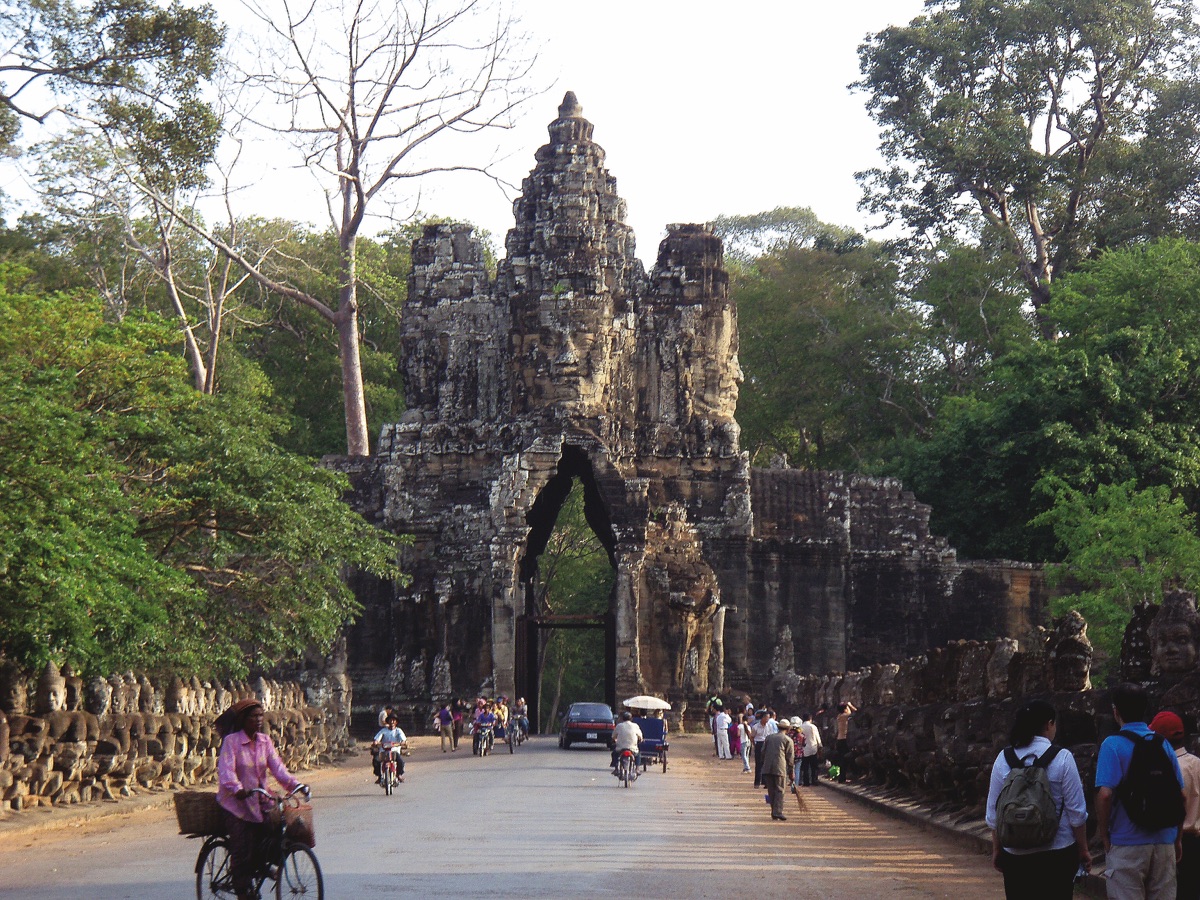CAMBODIA’S 8TH WONDER OF THE WORLD
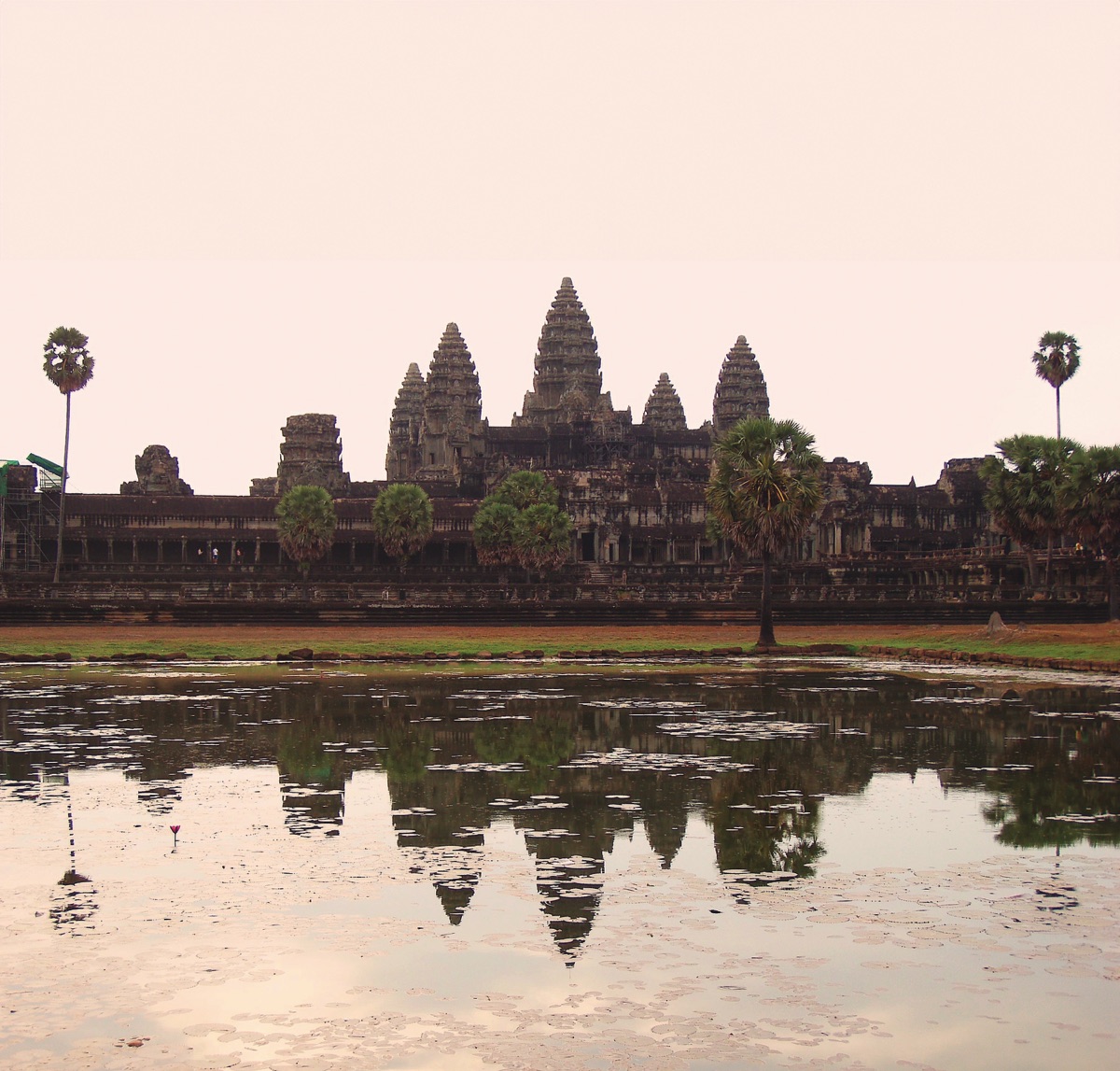
Text: M.Zisso; Photo: Václav Pavlas
One of the benefits of being a frequent flyer is collecting miles that will let you get an upgrade or free tickets. Who hasn’t dreamt of flying around the world “for free”? I decided to fulfil that dream. For several years, I have been accumulating miles, and was now starting to finally realize my dream. This time, it was a short three-day trip to Cambodia.
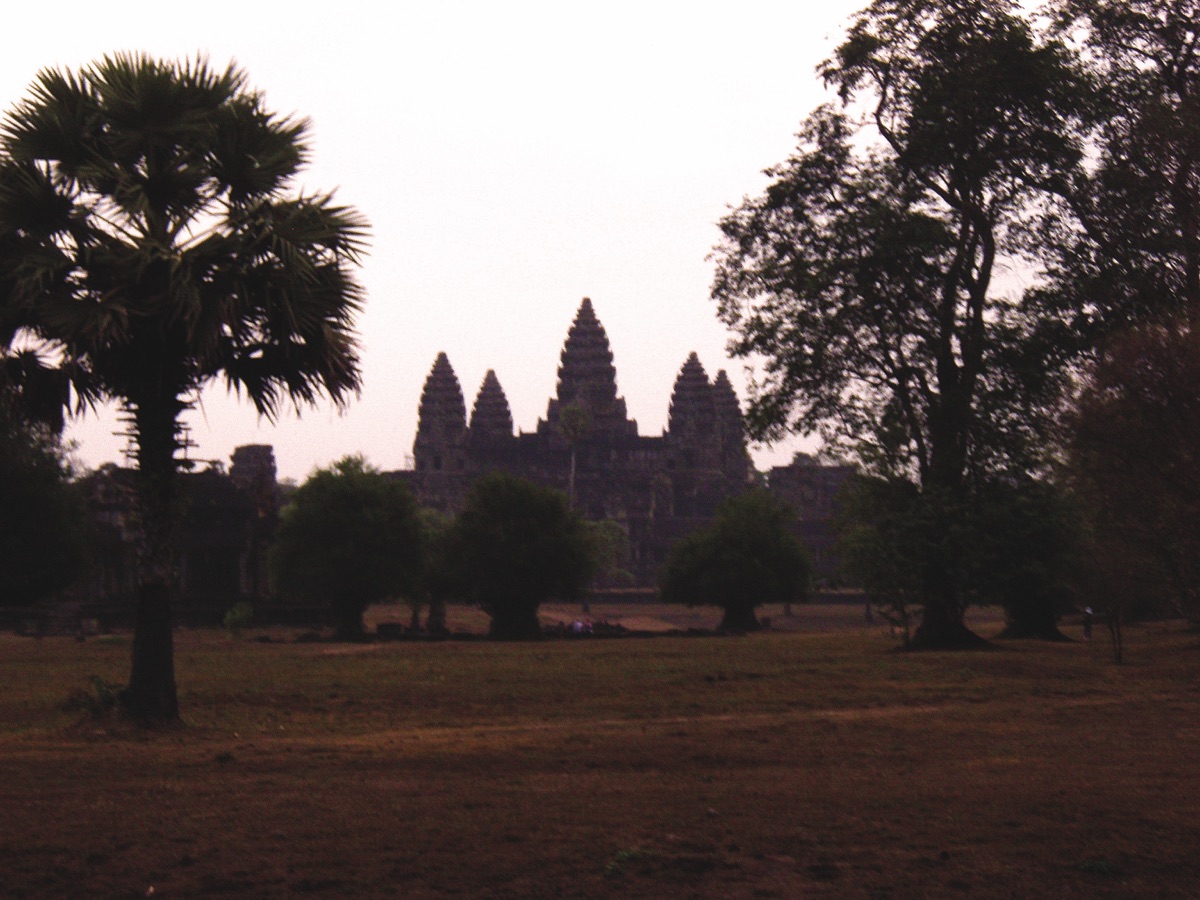
Angkor Wat Temple – the 8th Wonder of the World
The temple was built by King Suryavarman II at the beginning of the 12th century. Unlike other temples, Angkor Wat is facing west. First, it was a Hindu temple dedicated to Vishnu, but at the end of the 14th century it transformed into the current form of a Buddhist temple. During its existence, it was destroyed in the regional wars, but has always been renovated by the rulers of the country.
One of the first Westerners who visited the site (in 1586) was Antonio da Magdalena – a Portuguese monk who was astonished by the temple and its unique shape, unparalleled in the world. Gradually, the temple has become the symbol of Cambodia, and a source of national pride. It has appeared on the Cambodian flag (in various forms) since 1863, being the only structure that appears on a national flag worldwide.
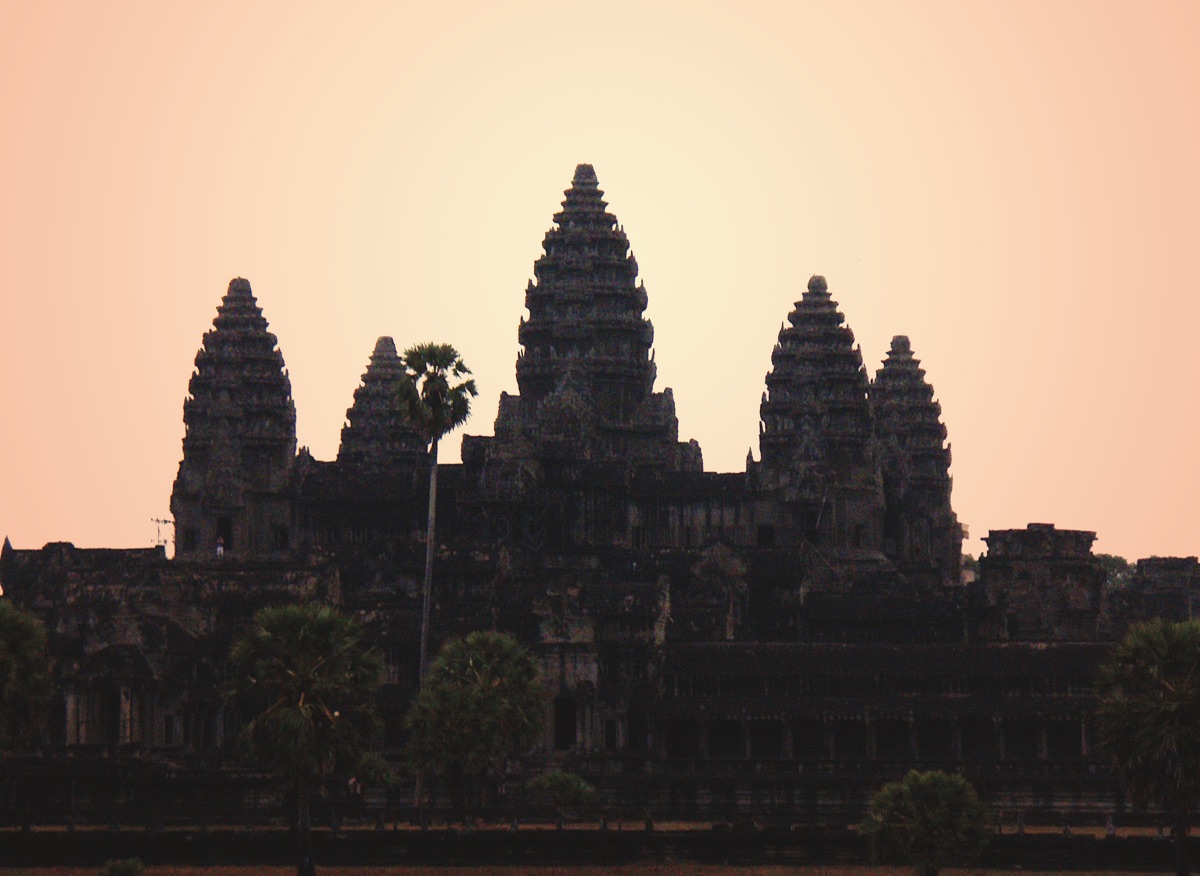
Day 1 – The Beginning
Before our trip could even take off, we had to make a few arrangements. First, we found reliable “babysitting” for our sweet dogs, then packed light, and finally we selected a flight to Cambodia. There are no direct flights to Cambodia from Prague. Instead, you can fly via Bangkok (one of my preferred cities anyway) and then take a Bangkok Airways short one-hour flight to Siem Reap, Angkor airport, which is small but also cozy and modern. On the Cambodia Visas Travel Requirements website, you will find all the legal information necessary. Read it before departure.
Upon our arrival, we were instantly greeted by hot and humid weather that felt like a Mediterranean summer. We were staying at the Angkor Village Hotel, at Wat Bo Road, not far from the local market. The central hotel location was really important, especially for those of us who want to enjoy some independent activity in addition to guided tours. You can go shopping around and enjoy the local bars and restaurants in the evening. Our hotel was beautiful, with 50 rooms in a traditional style, a personal service, and reasonable prices.
Since we arrived earlier than expected, we went to check the local market. It was full of colors and exotic fruits. We were feeling at home… Back in our hotel, we managed to take a swim at their small but very romantic pool, which was followed by a traditional dinner at the hotel restaurant.
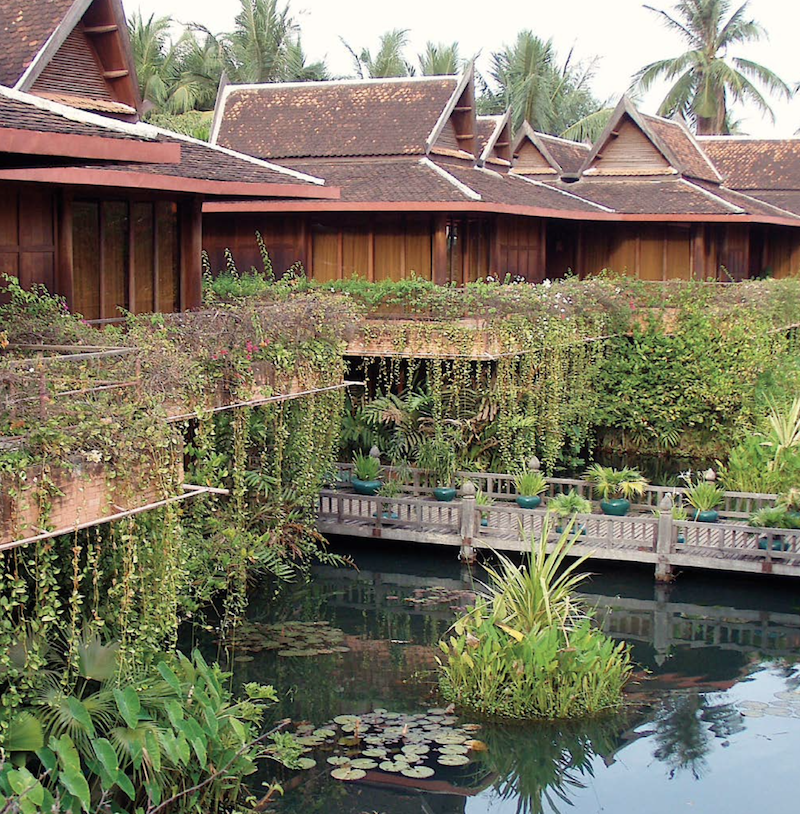
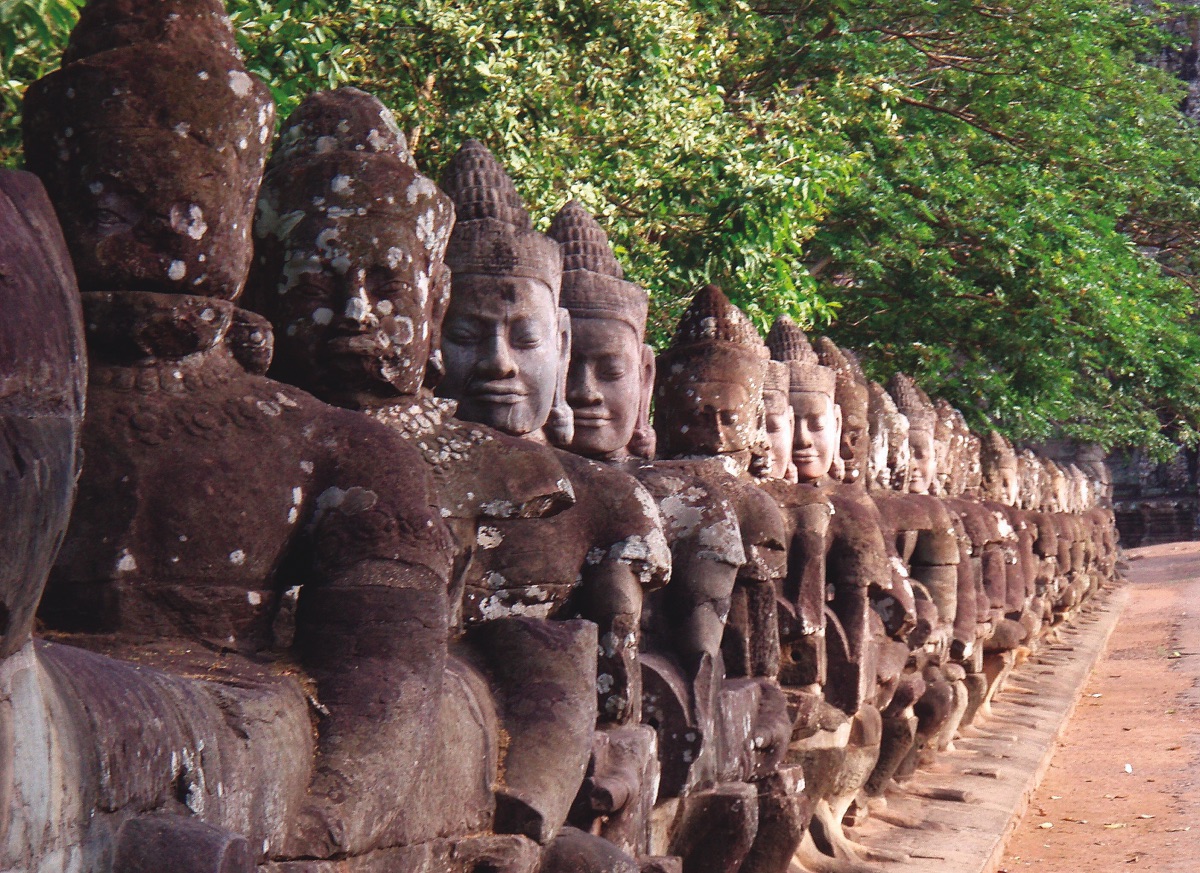
Day 2 – Temples and More Temples
The next day, at 5am, we went to explore the place. We wanted to arrive in time to see the sunrise at the Royal Angkor Wat temple. With a local tour leader, and in an air-conditioned car (compulsory in such wet weather), we reached the entrance to the temple to purchase the tickets. You can find out more about the tickets at: www.angkorenterprise.gov.kh/.
The night before, the first rain fell, heralding the end of the dry season. In the morning, the sky was still overcast, and we did not see the sunrise in all its glory. However, that couldn’t spoil the greatness of the experience. Slowly, the dawn light revealed the temple to us in all its glory. When you see it, you cannot help but ponder how they built this wonder hundreds of years ago, and realize the trueness of Antonio da Magdalena’s statement, dating back nearly 500 years, that it is impossible to describe this unique structure and beauty in words.
We were planning on returning to the Angkor Wat main temple again later on. However, to take advantage of the relatively mild weather in the morning, we went to visit a few other temples of the royal complex: Sra Srang, South Gate, Bayon, Baphuon, Phimeanakas, Leper King Terrace, and Elephant Terrace. And then – to feel like Angelina Jolie playing Lara Croft – we headed to the Ta Prohm temple. Here it was, incredibly beautiful, with trees growing wild and huge roots, just like in the movies…
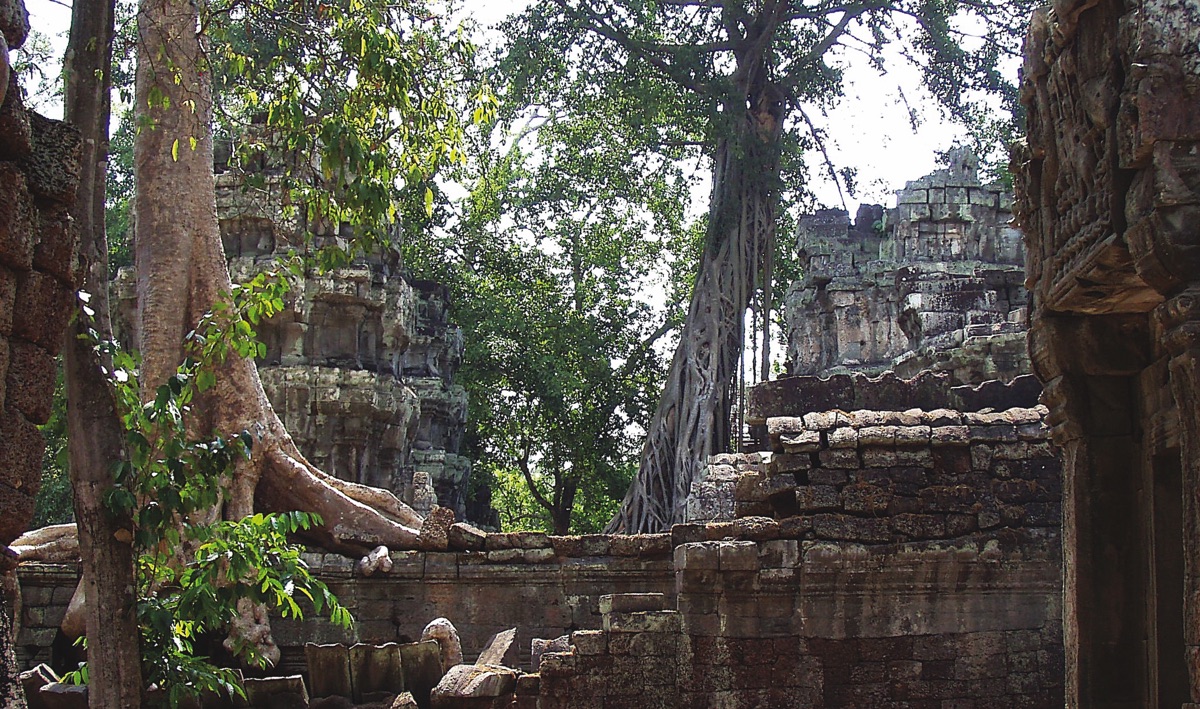
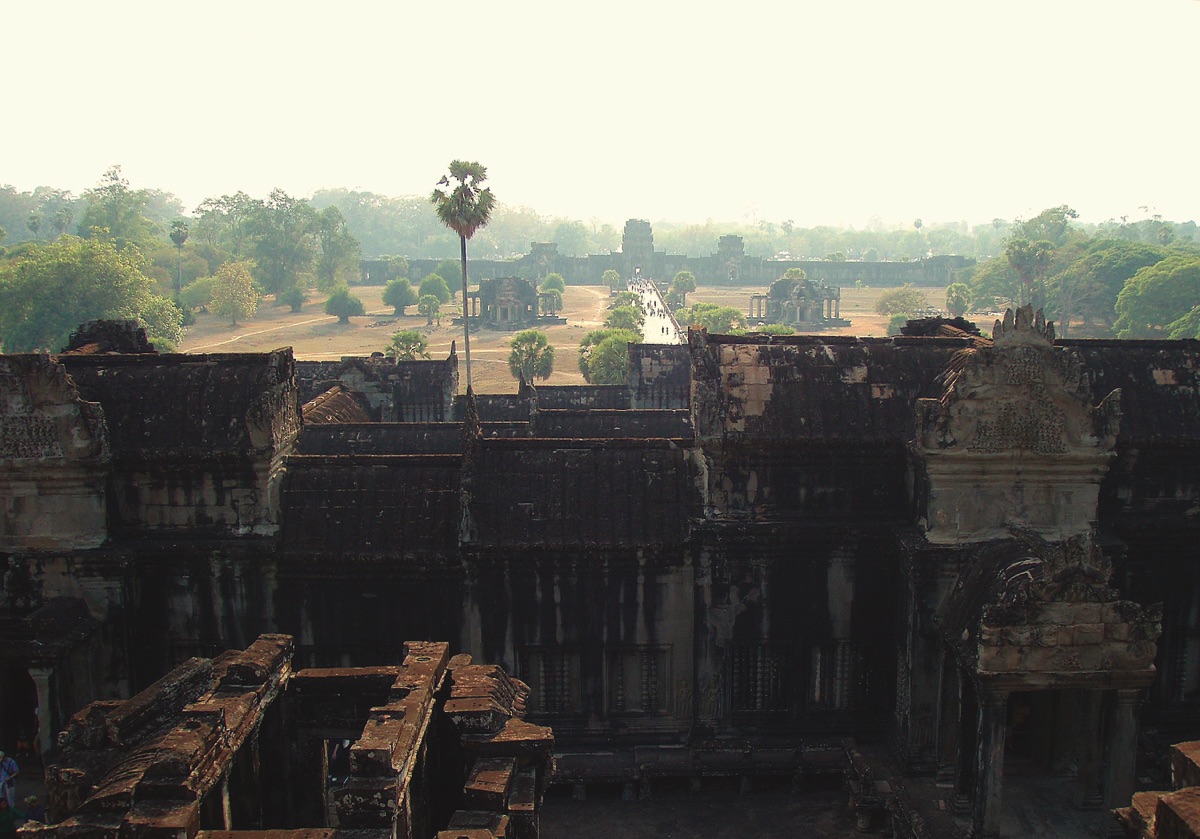
After a short break, we returned to the Angkor Wat main temple to explore it and see the sunset. The temple’s stunning beauty covers a vast area, and is divided into three floors. Our local guide directed us to the depths of the place, explaining that the wall engravings there have been kept intact for hundreds of years, and finally let us climb to the top floor overlooking the temple in all its glory. Going up was relatively easy, although at about a 50-degree angle, dropping to the lower level was a bit more complicated.
We took our last glance at this wonder, which of course looks much more impressive from a distance, in part because it’s not that obvious how the ravages of time gradually take their toll. As a traveler, I always feel it is a must to see a bit more of the local culture and people. So, we didn’t hesitate, and, in the evening, enjoyed a traditional Cambodian dinner, alongside a two-hour show (with a traditional dance performance) at Apsara Theatre, located opposite our hotel.
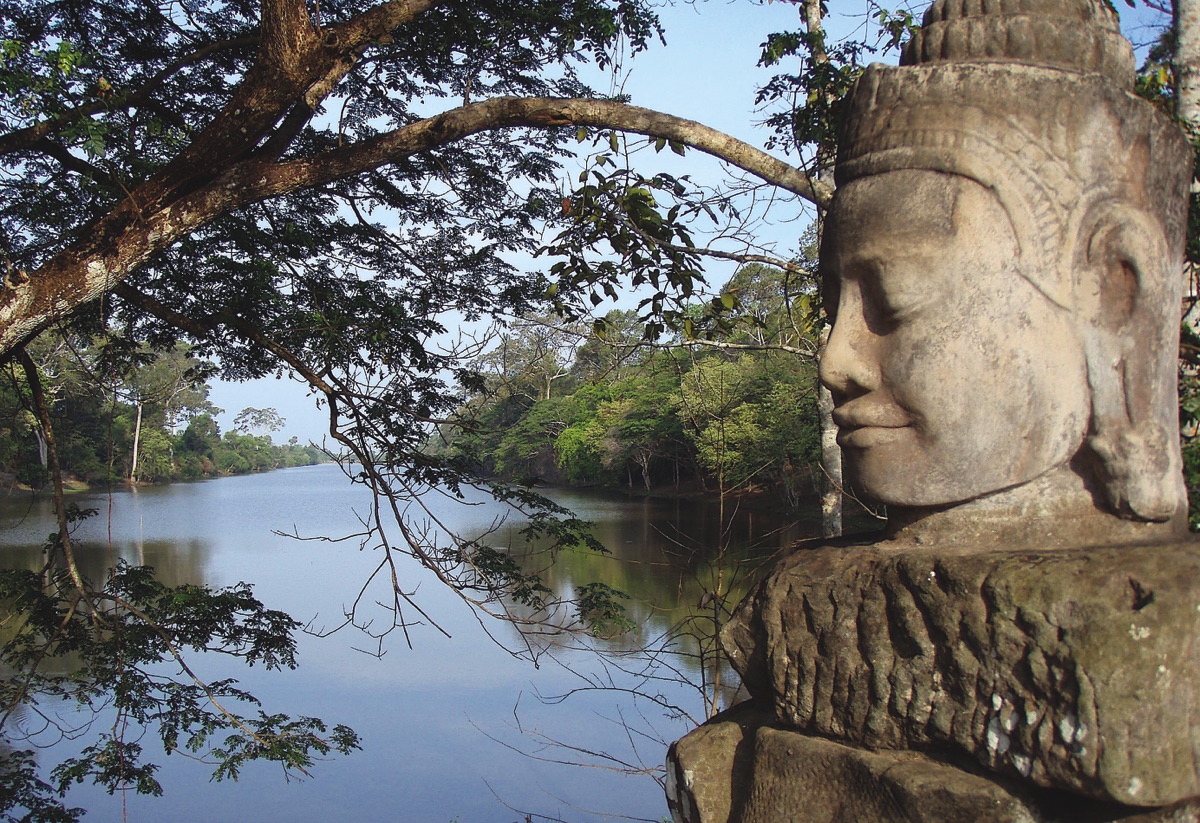
Day 3 – Village Life is Different
On the third day, we went to see a different aspect of Cambodian life – the Tonle Sap Lake area, and the fishing village of Chong Khneas. An experience not to be missed. The houses are built on stilts, and you can see the houseboats move with the flow of water from place to place when the rainy season starts. The Cambodians living here are “real” – there are authentic fishing river guides who wear farm clothes and offer caged alligators as pets or for the leather industry. You can see the poverty of the people living here – there are sheds, without running water, but with a TV, and a generator that provides electricity.
It was a short trip, just a quick colorful glimpse of Cambodia. If you love Thailand, you will fall in love with Cambodia too. And remember, we were only 40 minutes from Bangkok, and were able to see the world a little bit differently, in a way that was much more authentic and less commercialized.
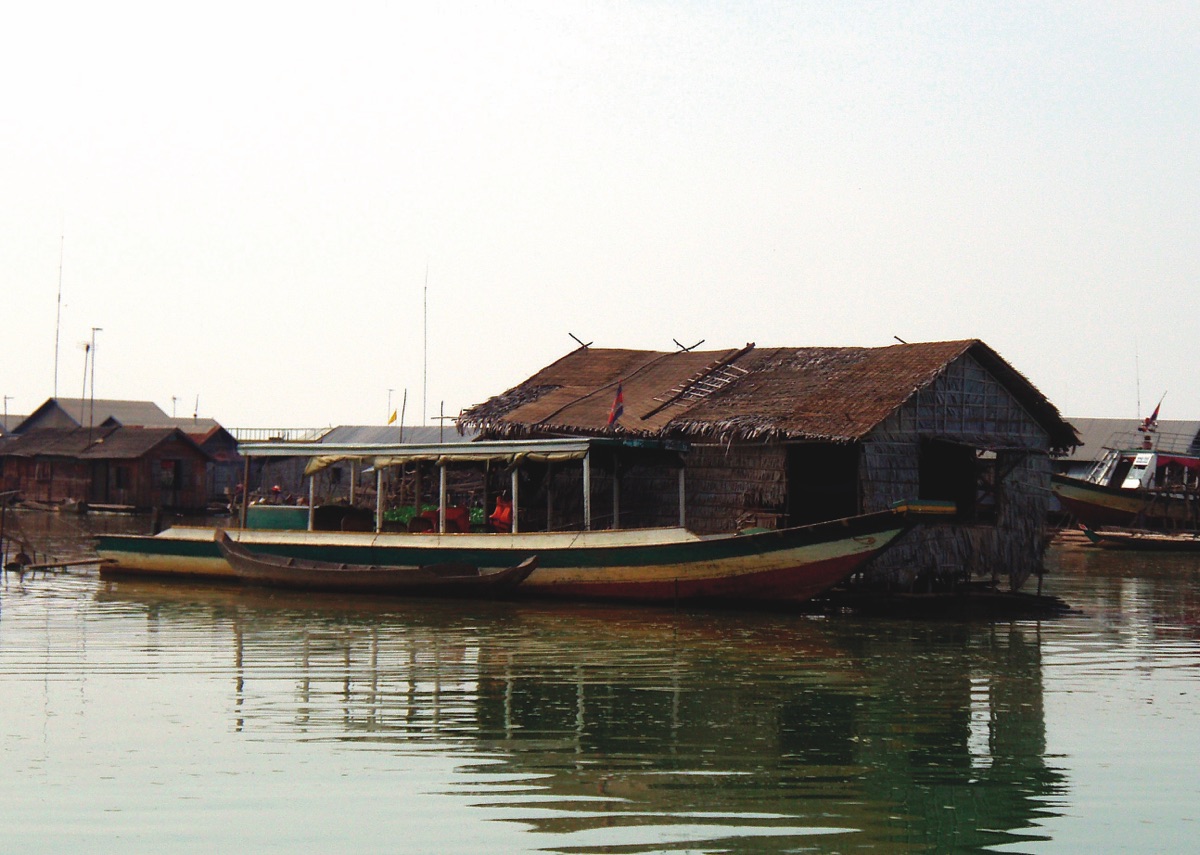
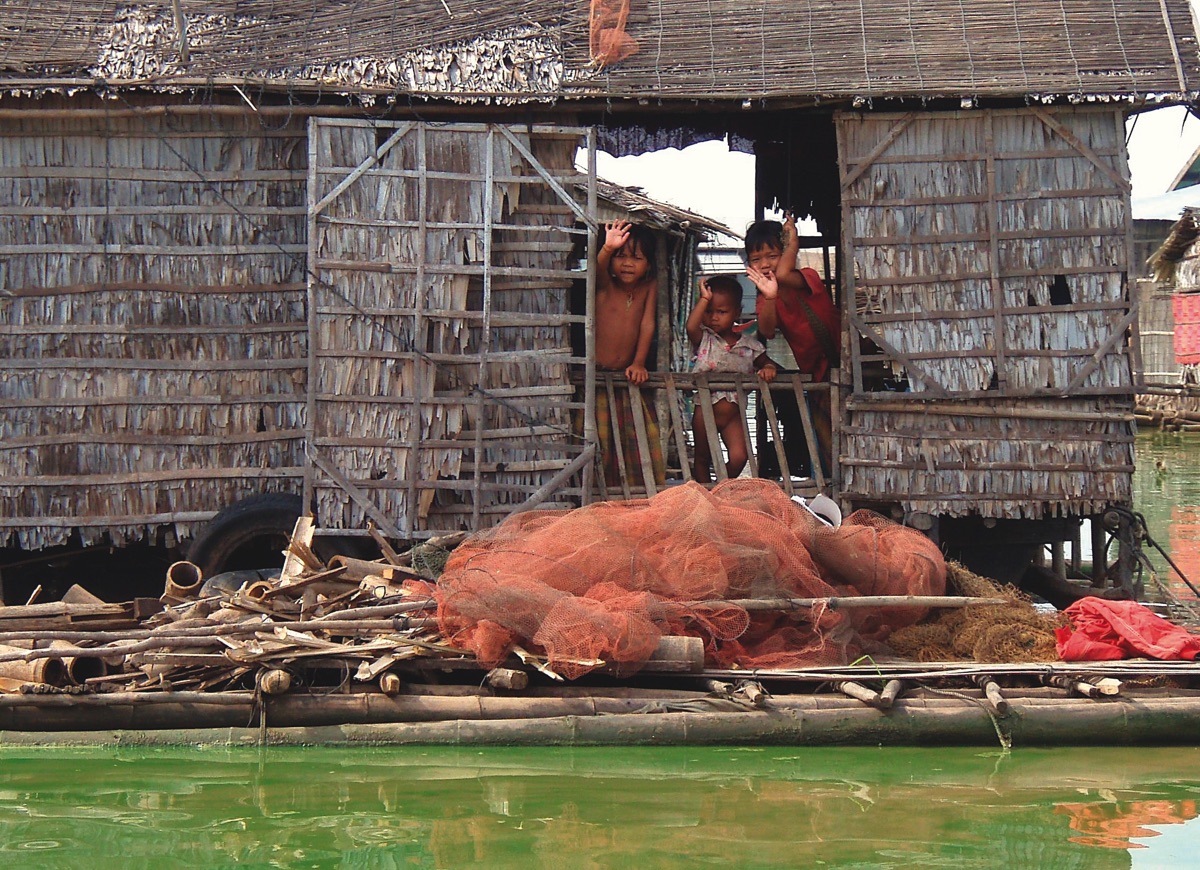
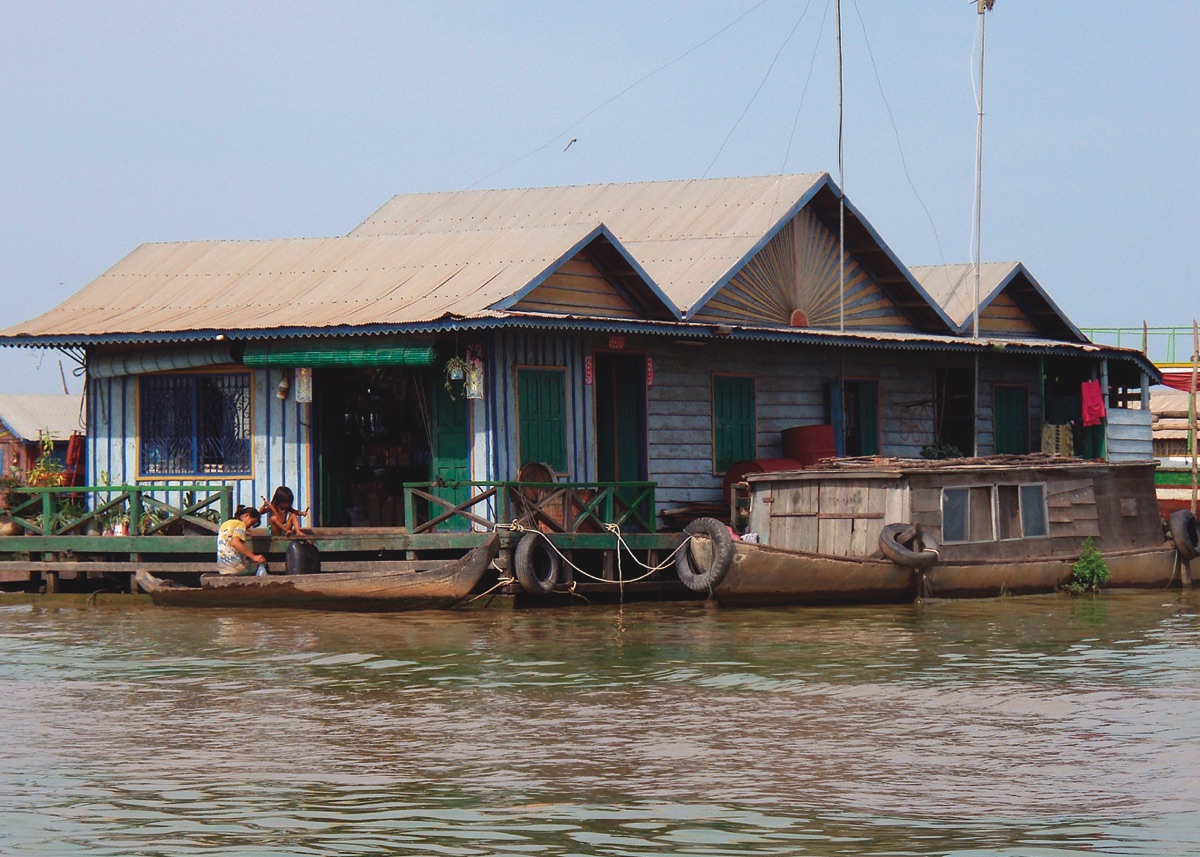
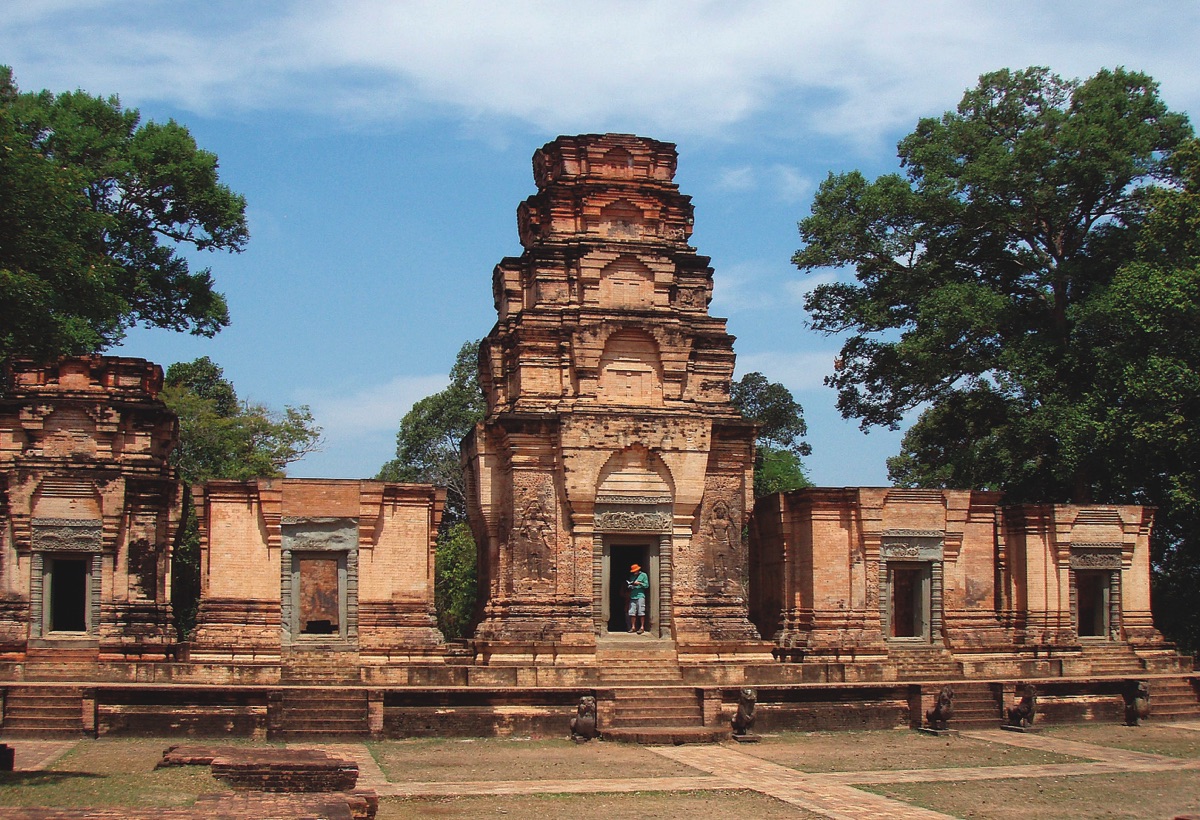
- The visa system at the airport – you will need a passport photo and cash.
- Choose a small and exotic hotel with a central location. Every major hotel chain already has a hotel in the area too.
- Organize the tours in advance or on the spot: through a travel agent, directly with the hotel, or online.
- Remember to bring a hat with a brim, and preferably bottled water that you’ll finish quickly. Do not worry, though – you can get a soft drink everywhere.
- Ask the hotel to arrange a transfer from the airport and back – almost the same price as a taxi, but much more efficient.
- Do not get fooled by tuk-tuk drivers’ offers to show you the place.
- Bargain in the market, be polite but quite decisive.
- Bring cash, it’s much easier. No need to convert to local money though – everybody prefers dollars.
- Remember to tip your guide, driver, etc. depending on the quality of the service you received.
- Departure tax is now included in the price of your flight ticket.
